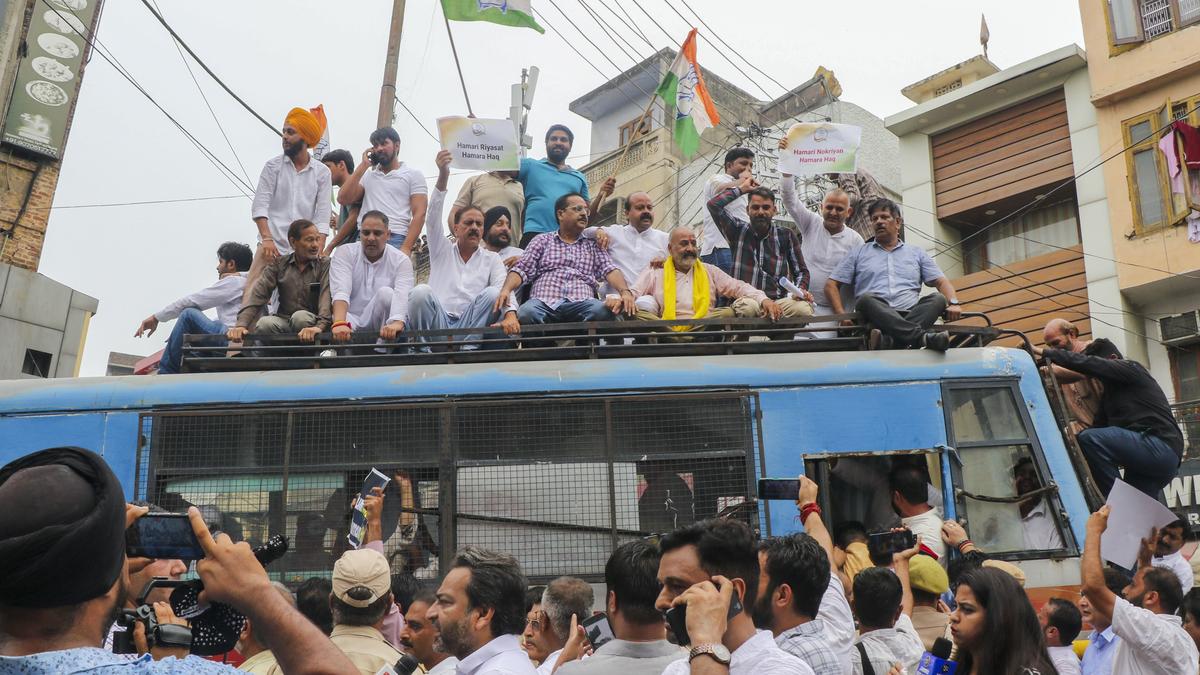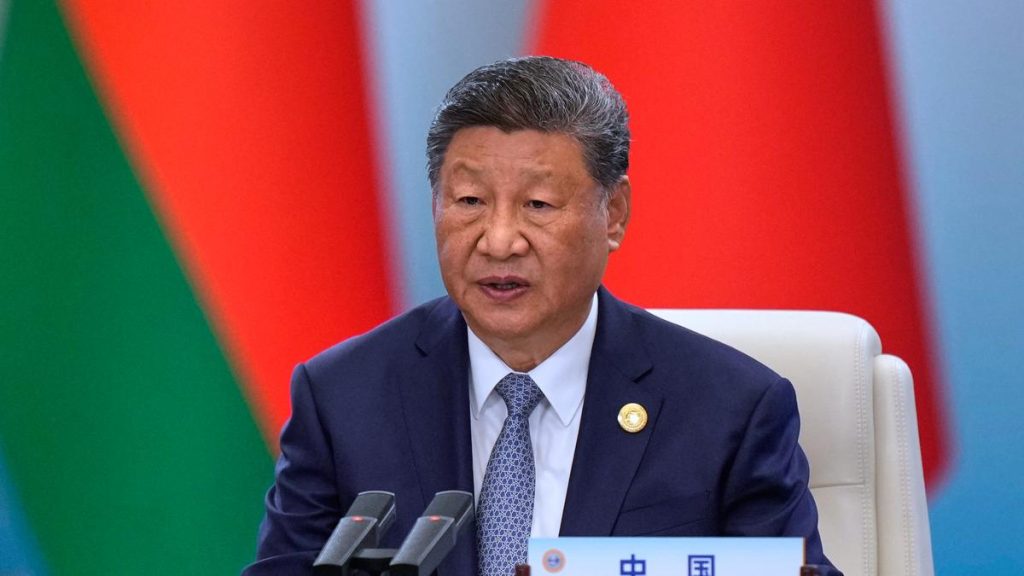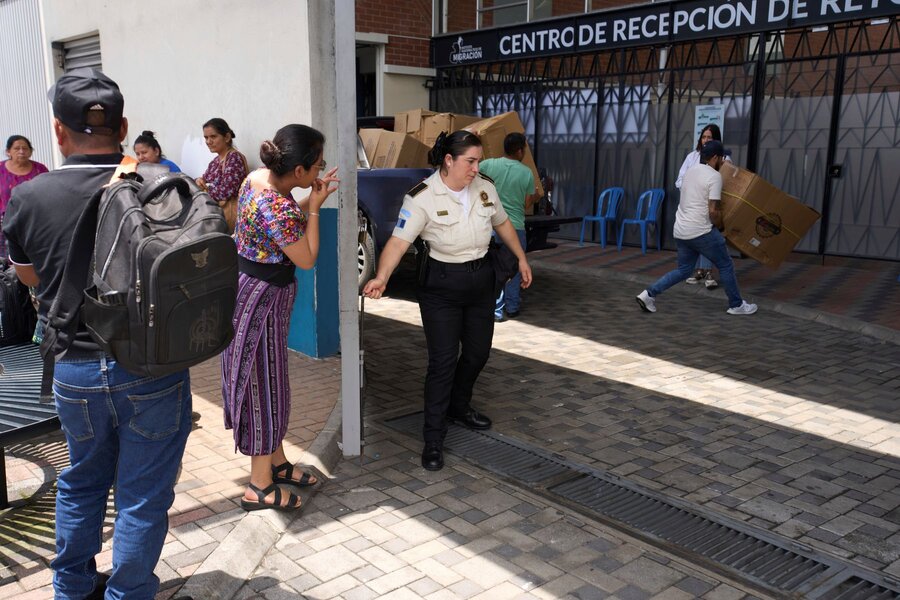Now Reading: India’s Federal Structure: Why It Matters
-
01
India’s Federal Structure: Why It Matters
India’s Federal Structure: Why It Matters

Quick Summary
- Teh Supreme Court has sought a detailed response from the Center regarding the restoration of statehood too Jammu and Kashmir.
- The revocation of statehood is being challenged in the case Zahoor Ahmed Bhat vs UT of Jammu and Kashmir, with arguments pointing to its impact on citizens’ rights and India’s federal design.
- India’s Constitution outlines three processes for creating states: admission, establishment, and formation. Jammu and Kashmir joined India via an Instrument of accession in 1947.
- Article 3 mandates that reorganization must maintain India’s federal structure; critics argue that transitioning states into Union Territories undermines this principle.
- On December 11, 2023, the Supreme Court upheld the abrogation of Articles 370 and 35A while directing legislative elections in jammu & Kashmir alongside restoration of statehood. Elections were held in October 2024; though, ther is no government action yet on restoring statehood.
Indian Opinion Analysis
The ongoing debate over restoring Jammu & Kashmir’s statehood raises critical issues about India’s federal structure. While unitary governance allows for centralized control during challenging situations like those faced by J&K over recent years, prolonged denial of statehood risks eroding the constitutional principle of equitable distribution between centre and states-a cornerstone feature enshrined in India’s basic structure doctrine.
State-level representation ensures balance within a “Union,” as provided under Article 1. Critics argue that empowering an elected government could bring stability to the region while reflecting democratic ideals more comprehensively than governance solely through a Lieutenant Governor. balancing regional autonomy with national unity remains complex but necessary for sustaining India’s unique approach to federation.
Read More: Source























